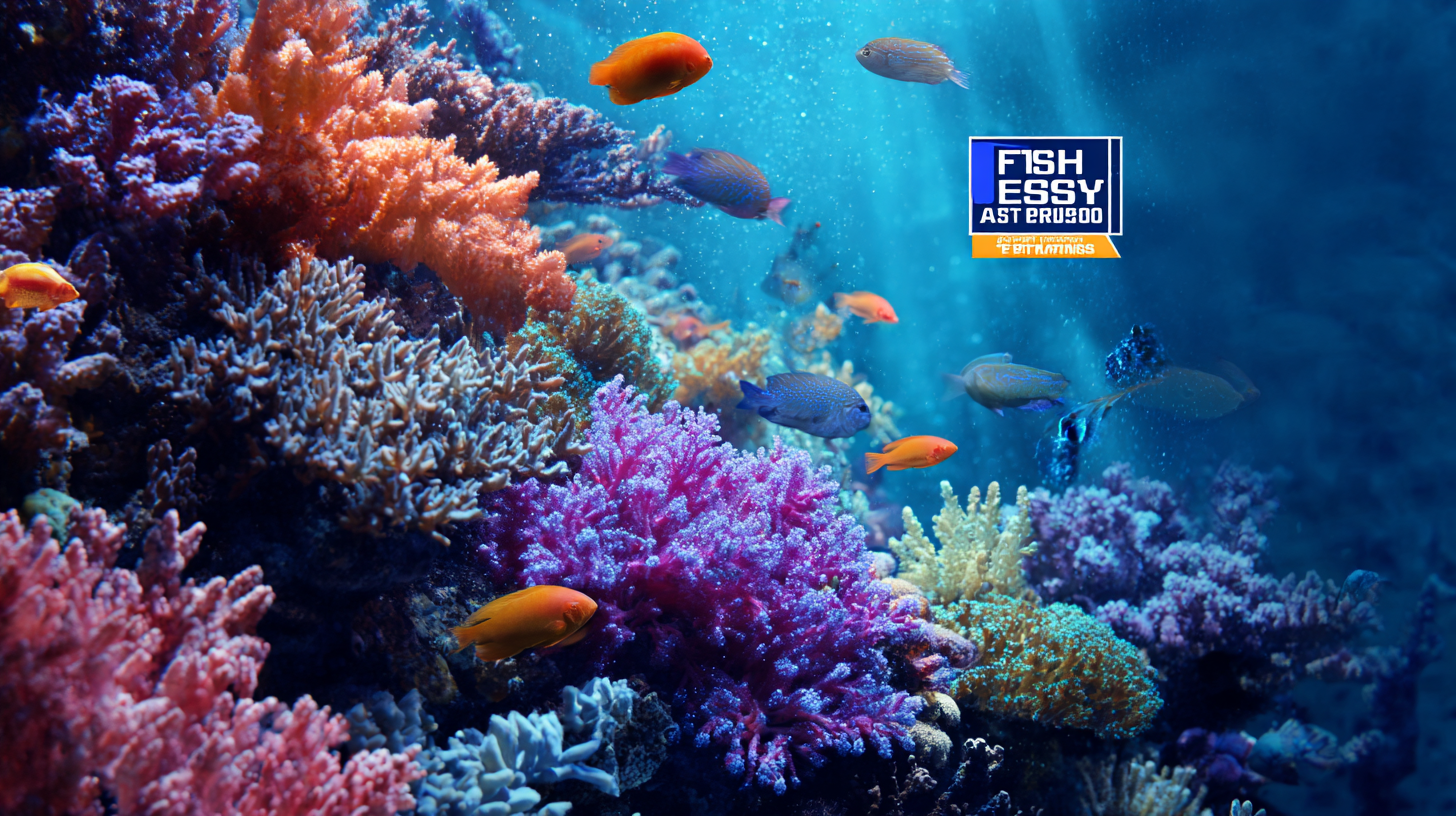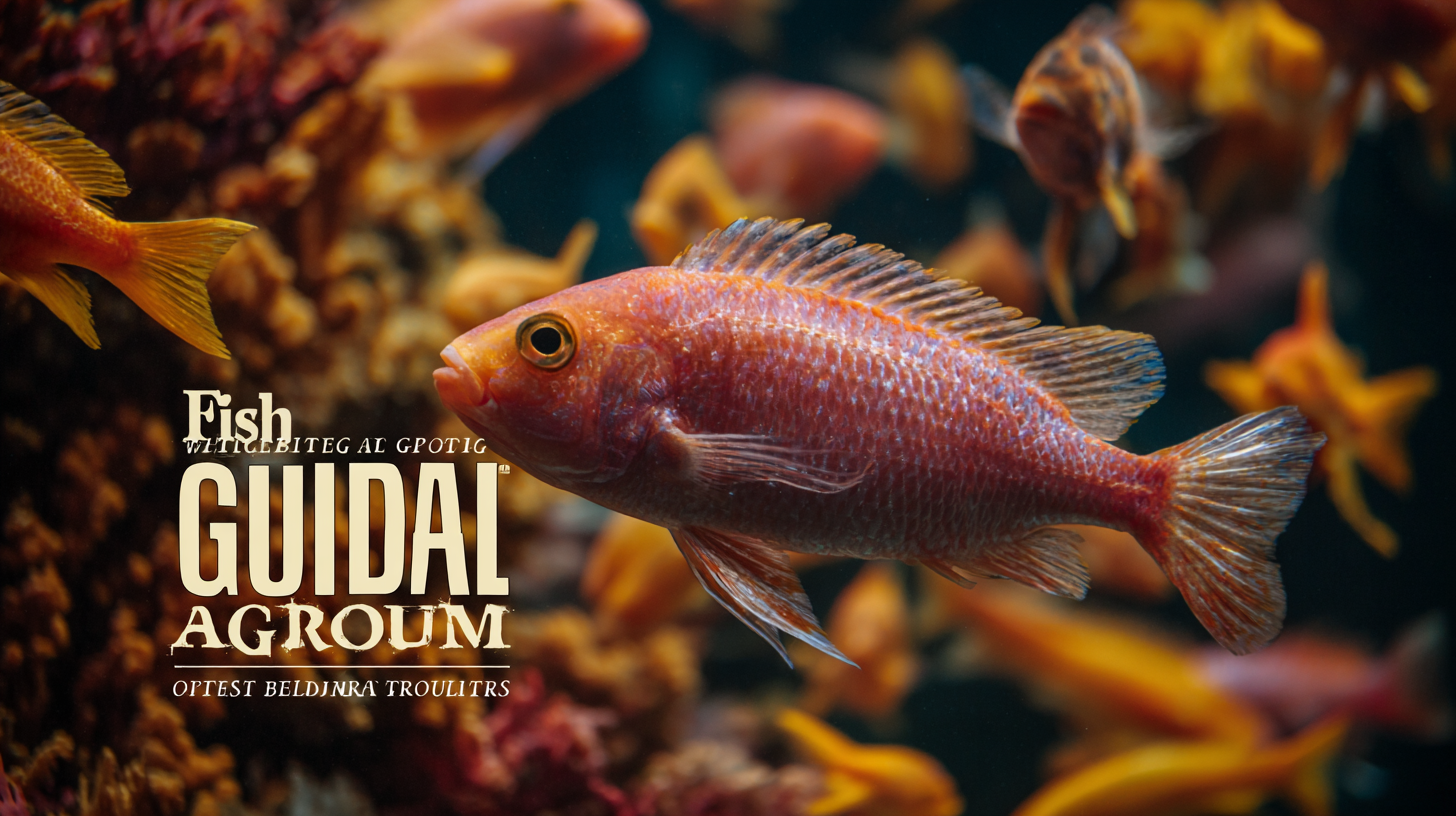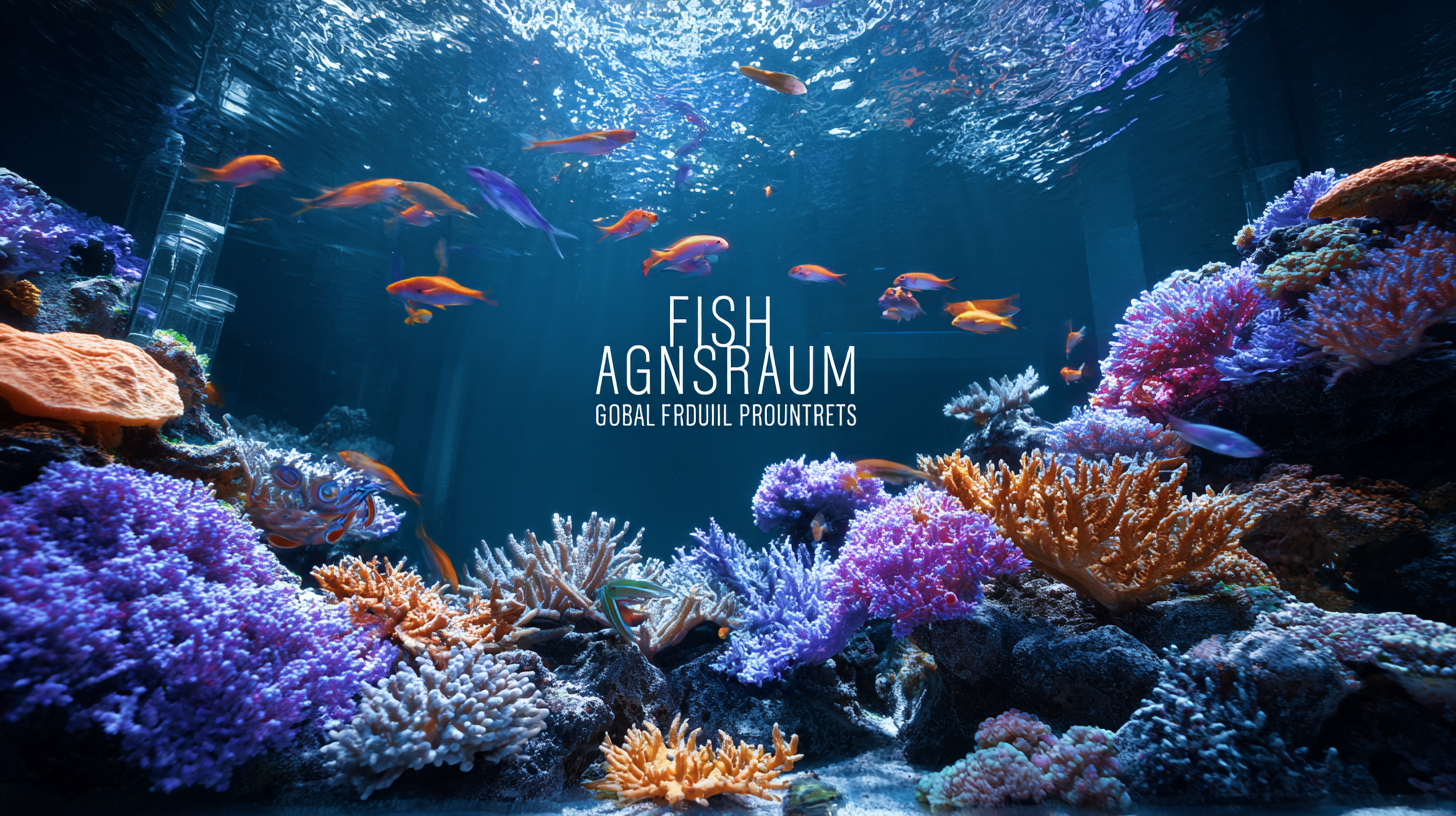What is the Ultimate Guide to the Best Fish Aquarium Products for Global Buyers
In the thriving market of fish aquarium products, the demand for high-quality equipment and reliable service continues to rise globally. According to a report by Global Industry Analysts, Inc., the global aquarium market is projected to reach over $4 billion by 2025, driven by a surge in interest from both hobbyists and professionals. As aquarium enthusiasts seek the best products to ensure the health and vibrancy of their aquatic ecosystems, understanding the post-sales service advantages and maintenance costs becomes paramount. Consumers are increasingly aware that quality fish aquarium products not only enhance the aesthetic appeal of their tanks but also significantly impact the longevity and performance of their aquatic environments. This guide aims to provide insights into the top products available on the market while addressing the critical factors of after-sales service and the potential costs involved in maintaining an aquarium.

Understanding the Essential Components of a Successful Fish Aquarium
Setting up a successful fish aquarium requires understanding its essential components, which are vital for creating a healthy and thriving aquatic environment. The foundation of any aquarium begins with the tank itself; selecting the right size and shape based on the type of fish and the space available is crucial. Larger tanks generally allow for greater stability in water conditions, making it easier to maintain a balanced ecosystem.
In addition to the tank, proper filtration and aeration systems are necessary to ensure clean, oxygen-rich water. A quality filter removes waste, toxins, and debris, while an air pump enhances water circulation, benefiting fish and plants alike. Moreover, substrate and décor play significant roles in providing a comfortable habitat, aiding in biological filtration, and offering hiding spots for shy species. Lastly, it's important to consider lighting, which not only illuminates the tank but also supports plant growth and simulates natural day-night cycles. Understanding these core components lays the groundwork for a successful aquarium, ensuring both fish and aquarist thrive in harmony.
Top Innovative Technologies Transforming Fish Keeping
The realm of fish keeping is undergoing a significant transformation, driven by innovative technologies that enhance both the aesthetic appeal and the ecological efficiency of aquariums. According to a report by Allied Market Research, the global aquarium market is projected to reach approximately $6 billion by 2026, with a notable surge in demand for advanced aquarium products that streamline maintenance and improve fish welfare. One of the key innovations is the advancement in filtration technology. High-efficiency filters reduce water changes while maintaining optimal water quality, which is crucial for the health of aquatic life.
Another breakthrough is the development of smart aquarium systems, which integrate IoT technology for real-time monitoring. These systems can track water parameters, automate feeding, and even send alerts to owners via mobile apps. Research from MarketsandMarkets indicates that the smart aquarium technology sector is expected to grow at a compound annual growth rate (CAGR) of over 15% in the coming years. Such innovations not only contribute to easier management of aquariums but also promote sustainable practices—making fish keeping accessible to a broader audience while enhancing the overall experience for enthusiasts worldwide.

Sustainable Practices for Eco-Friendly Aquarium Management
Creating a sustainable aquarium environment is essential for both fish health and the planet. Eco-friendly practices not only enhance the beauty of your aquarium but also contribute to a healthier ecosystem. One of the fundamental tips for sustainable aquarium management is to choose ethically sourced fish and plants. Look for suppliers that follow sustainable practices and avoid species that are threatened or endangered. This not only ensures the well-being of aquatic life but also helps maintain biodiversity.

Another important aspect of eco-friendly aquarium maintenance is water conservation. Incorporate a filtration system that minimizes water waste and consider using rainwater or dechlorinated tap water for your aquarium. Additionally, regular tank maintenance is crucial for minimizing the need for chemical cleaners, which can harm both fish and the environment. Opt for natural cleaning methods, such as introducing algae-eating fish or using live plants to help maintain water quality.
Lastly, consider the energy efficiency of your equipment. Choose LED lights and energy-efficient heaters to reduce your aquarium's carbon footprint. By making informed choices and prioritizing sustainability, you can create a thriving aquarium that is not only beautiful but also considerate of the environment.
A Comprehensive Review of Must-Have Fish Equipment and Accessories
Setting up a thriving aquarium requires more than just water and fish; it demands a myriad of equipment and accessories to maintain a healthy environment. According to a report by Grand View Research, the global aquarium accessories market is projected to reach $2.8 billion by 2025, driven by the increasing popularity of home aquariums and the rise of aquascaping hobbyists. Essential products include high-quality filtration systems, which are crucial for maintaining water quality. A good filter can reduce harmful toxins like ammonia and nitrite, ensuring a balanced ecosystem for both freshwater and marine species.
Additionally, lighting plays a pivotal role in an aquarium's health and aesthetics. The market for LED aquarium lights is expanding rapidly, with a 24% growth anticipated through 2024, as they provide energy efficiency and promote plant growth without excessive heat. Furthermore, substrate materials and decoration pieces not only enhance the visual appeal of aquariums but also serve practical purposes, such as offering hiding places for fish and beneficial bacteria colonization. As global buyers seek the best fish equipment and accessories, understanding these essential components ensures a successful and sustainable aquarium experience.
What is the Ultimate Guide to the Best Fish Aquarium Products for Global Buyers
| Product Category | Product Name | Key Features | Price Range (USD) |
|---|---|---|---|
| Aquarium Filters | Canister Filter | High flow rate, multi-stage filtration | 150 - 300 |
| Aquarium Heaters | Submersible Heater | Adjustable temperature, shatterproof glass | 25 - 65 |
| Aquarium Lighting | LED Light Bar | Energy-efficient, color spectrum enhancement | 30 - 100 |
| Aquarium Substrates | Colored Gravel | Non-toxic, enhances aquarium decor | 20 - 40 |
| Water Conditioners | Dechlorinator | Removes chlorine, detoxifies heavy metals | 10 - 25 |
| Fish Food | Flake Food | Vitamins and minerals enriched | 15 - 35 |
Future Trends in Aquarium Products for Global Fish Enthusiasts
As the world of aquaristics evolves, future trends in aquarium products are set to transform the experience for global fish enthusiasts. Technology is playing a pivotal role, with advancements in smart aquarium systems that allow users to monitor water quality, temperature, and even fish activity through companion apps. This level of connectivity not only enhances hobbyists' ability to maintain optimal tank conditions but also fosters a community of fish keepers who share data and experiences across the globe.
Sustainability is another key trend shaping the future of aquarium products. With increasing awareness of environmental impact, manufacturers are turning to eco-friendly materials and practices. Innovations include biodegradable fish foods and energy-efficient filtration systems that reduce electricity consumption while improving water quality. These changes not only benefit the aquatic environment but also resonate with consumers who are increasingly prioritizing sustainability in their purchasing decisions. The integration of these trends points to a more connected and environmentally responsible future for aquarium enthusiasts around the world.
Future Trends in Aquarium Products for Global Fish Enthusiasts
Copyright © 2021 Payless Pet Products - All Rights Reserved.